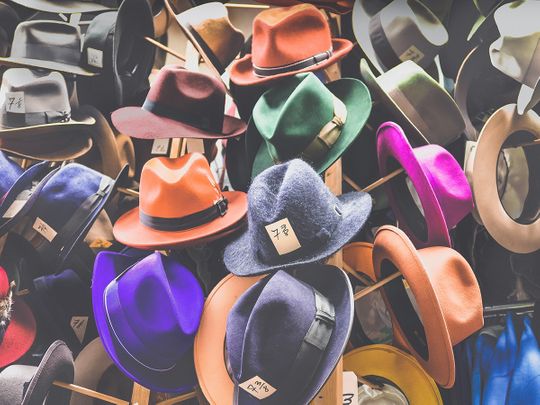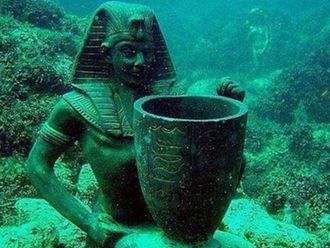
Think of Abraham Lincoln and you probably see him wearing a top hat. Napoleon Bonaparte? He had a bicorne. Mahatma Gandhi could rarely be seen in public without his white sidecap. At some point in history, hats became part of the people who wore them.
Click start to play today’s Word Search and spot various kinds of hats.
Hats aren't just cleverly constructed pieces of fabric – there’s a unique one in almost every culture. Some have special symbolism, others a unique form, and still others a purposeful function. But one thing’s for sure, history has shown we humans love our hats.
According to the Google Arts and Culture website, evidence of hats appeared as early as 30,000 years ago. From Egyptian queen Nefertiti’s flat-topped blue cap-crown, which she wore to link herself to the solar deity Tefnut, to the French military leader Bonaparte’s signature bicorne hat, which conveyed his military rank, hats are not just decorative accessories; they can convey all kinds of meanings.
The “sombrero”, for instance, which you can find in today’s Word Search, is a broad, high-crowned hat that came about in response to the harsh demands of the physical environment. Worn in places like Spain and Mexico, the hat’s name is derived from the Spanish word “sombra”, meaning shade. It was first worn sometime in the 15th century by Mestizo cowboys in Central Mexico, and today, is often associated with Mexican culture, and especially the Mariachi musicians, who generally wear elaborately designed sombreros.
Another hat from our puzzle, the “cloche”, was a defining fashion icon of the 1920’s. First created in 1908 by French milliner Caroline Reboux, the cloche is a small hat that starts out as simple headwear but can be embellished and customised to personal tastes. The word “cloche” is the French word for bell; apt, since the hat resembles its shape. As cloches became popular in the flapper era, and women donned it over their fashionable bob haircuts, embellishments to the hat took on new meaning. An arrow-like ribbon on a cloche, for instance, signalled that the wearer was single but was already smitten with someone, while an elaborate bow showed that she was looking for a potential life partner.
The “ushanka” hat, from our puzzle does not have as many subtle, hidden messages as the cloche. Its purpose is simple: it was designed to protect people from the harsh Russian winters. With a round crown and made of fur, the word “ushanka” actually means ear hat, because of its unique ear flaps that protect the ears and sides of the face from frigid winds.
What kind of hat do you sometimes wear? Play today’s Word Search and tell us at games@gulfnews.com.







